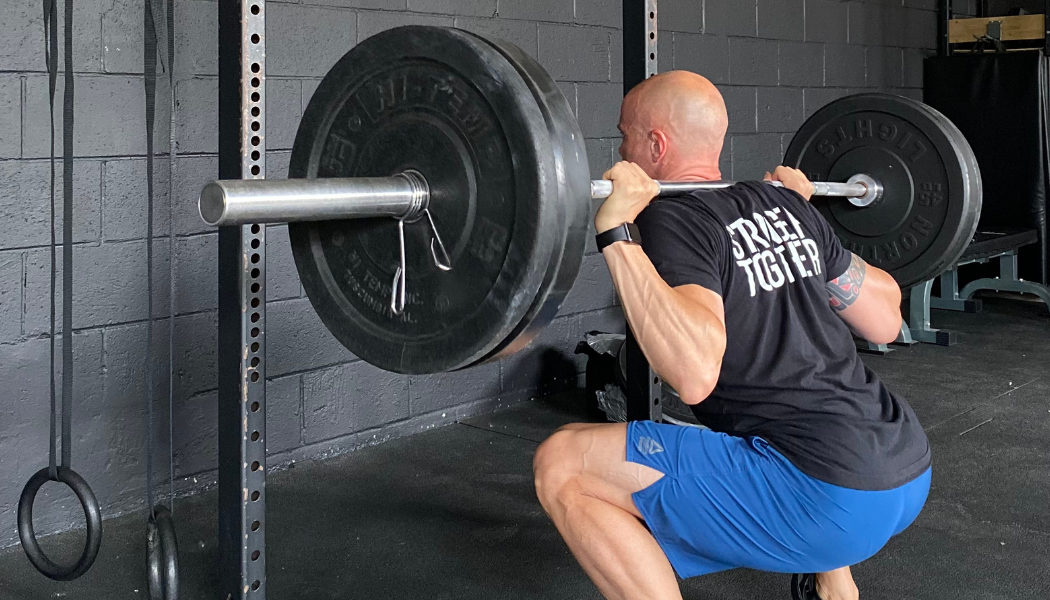Should You Do The Same Exercises Everyday?

Being active is great—but what if you do the same exercises every single day? Will that help you stay fit?
Here’s the answer:
If you have a fitness regime in place but always do the same thing, you’ll get some of the benefits of activity, but you won’t get all of them. With some adjustments, your hard work could create even greater results.
For example, someone who runs 3 km at the same pace every single day is going to be much better off than someone who isn’t active at all. Running burns calories and works your cardiovascular system, and regular activity is great for maintaining your health.
But the body adapts to the demands on it, and once it’s adapted to be able to run 3 km at a certain pace, it doesn’t make any additional changes. You still burn calories, get your heart working and use your muscles, but you won’t get a lot fitter. You won’t continue to get faster or stronger. In training, we call this “hitting a plateau.” Improvements stop, and sometimes you might even slide backward a little.
To make further improvements, you need to change things to put new stresses on the body and force it to adapt.
For example, you could run 3 km in less time, you could run 4 km, or you could do 3 1-km intervals at a very fast pace with rest between efforts. All these variations still involve running but would cause your body to make positive changes again.
It’s the same thing with weight training. If you do dumbbell biceps curls for 3 sets of 8 reps at 20 lb. every day, your body won’t change much. It has the capacity to do the work, so it doesn’t add more. But if you asked it for 3 sets of 10 reps, or to move 25 lb. instead of 20, it would adapt to accomplish the effort. Your muscles would grow.
So if changes to your routine are needed to keep making progress, how do you know what to change and when? That’s where we come in.
How a Coach Can Help
First, you must get the right program in place to start, and it should be based on your exact health and fitness goals. Some people just take a routine from a magazine and do it over and over. Again, it’s great to get moving. But that routine won’t be perfect for you, and your needs will change.
When we create programs, we find out exactly what people want to accomplish, and then we put an ideal plan together.
Then we monitor progress, and we evaluate daily, weekly and monthly results. Because we’re experts, we can tell when you’re ready for a new challenge that will ensure you’re always moving forward. Programs are constantly updated to ensure you’re training optimally.
Beyond physical adaptation, there’s also something else to consider: boredom. By changing the program regularly, we’ll keep you interested and engaged.
Running the same 3 km every day on the same path can grow stale, and sometimes boredom makes people quit activities.
But what if we had you do that 3 km on a more rugged trail that challenges your balance and strength with obstacles and climbs? Or what if we had you stop running every 500 m and perform 10 burpees?
A good coach is always working to make sure a client is moving toward goals as quickly as possible while staying motivated.
Let’s Talk About Your Training Plan!
If you’re already active but feeling bored with your routine, we can energize you by setting some goals and adjusting your training plan. If you like your current routine but have stopped making progress, we can help you start moving forward again while maintaining some of the elements you enjoy.
And if you’re thinking about becoming active, we can make sure you start off on the right foot and continue moving forward for years.
With a coach behind you, you’ll never hit a plateau or experience boredom. Instead, you’ll make steady progress toward your goals.
To find out how a coach can help you, book a free consultation with us here https://collectivefit.ca/.
The post Should You Do The Same Exercises Everyday? appeared first on CollectiveFit.
More Posts





